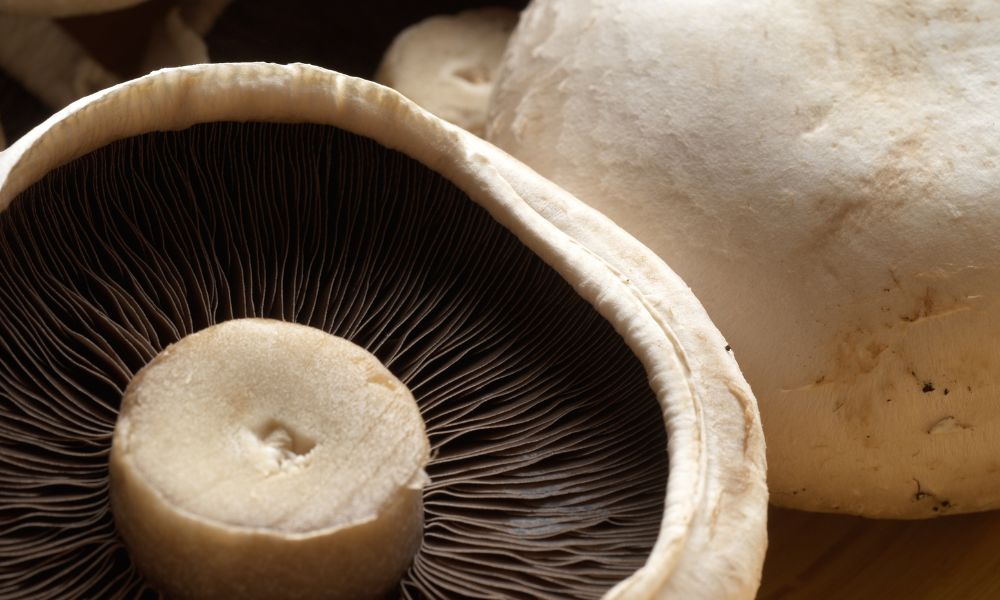
When it comes to growing mushrooms for research purposes, two primary methods stand out: spore syringes and liquid cultures. Initially, these techniques appear similar since they both contain the genetic material of a mushroom suspended in liquid. However, the distinct differences between spore syringes and liquid cultures impact the overall cultivation process.
This guide is designed to provide a comprehensive understanding of spore syringes and liquid mushroom cultures, including what they are, how they work, and their benefits.
What Is a Spore Syringe?
A spore syringe is just what it sounds like—a syringe filled with a mixture of sterilized water and mushroom spores. They are popular tools in mushroom cultivation due to their relative ease of use.
To grow mushrooms using a spore syringe, start by sterilizing the entire cultivation area. Next, inject the contents of the syringe directly into the growth medium, usually a spawn bag or a jar filled with sterilized grains. This direct injection allows the spores to mix with the growth medium and begin germinating.
Benefits
Spore syringes provide a simple and efficient method of introducing mushroom spores to the growth medium. The straightforward nature of the process makes it an excellent option for beginner researchers. Syringes also reduce the risk of contamination, a common pitfall in the mushroom sphere.
What Is a Liquid Culture?
While a spore syringe simply contains spores and sterilized water, liquid culture contains actual mushroom mycelium mixed with water and nutrients. The mycelium is the vegetative part of the fungus and grows throughout the nutrient solution, creating a dense, milky substance.
Similar to the spore syringe process, developing mushrooms with liquid spore culture involves injecting the liquid directly into the growth medium. When the two meet, the mycelium begins to consume the nutrients in the grain spawn and grows bigger and fluffier.
Benefits
Perhaps the most notable advantage of liquid culture over spore syringes is the speed of colonization. Since the culture already contains grown mycelium, it eliminates the need for spore germination. The mycelium can colonize the substrate much more quickly than starting from spores.
Because of how quickly liquid cultures colonize, researchers can create multiple jars or bags of mycelium from a single liquid culture. This makes it a cost-effective solution for large-scale mushroom growth.
Choosing Between the Two
If you’re trying to decide whether to use a spore syringe or a liquid culture, think about your level of expertise. Are you just starting out with your mushroom research, or do you have plenty of experience with these materials?
Spore syringes are a great choice for beginners because they’re so easy to use—the spores are already suspended in the syringe so all you have to do is inject. Meanwhile, if you’re an experienced researcher looking for faster colonization and scalability, liquid cultures may be the choice for you.
Each option offers unique benefits to researchers of all skill levels. As you consider the differences between liquid cultures and spore syringes, your choice will ultimately hinge on your individual circumstances. Think about your experience level, desired speed of colonization, and storage time as you browse your options.